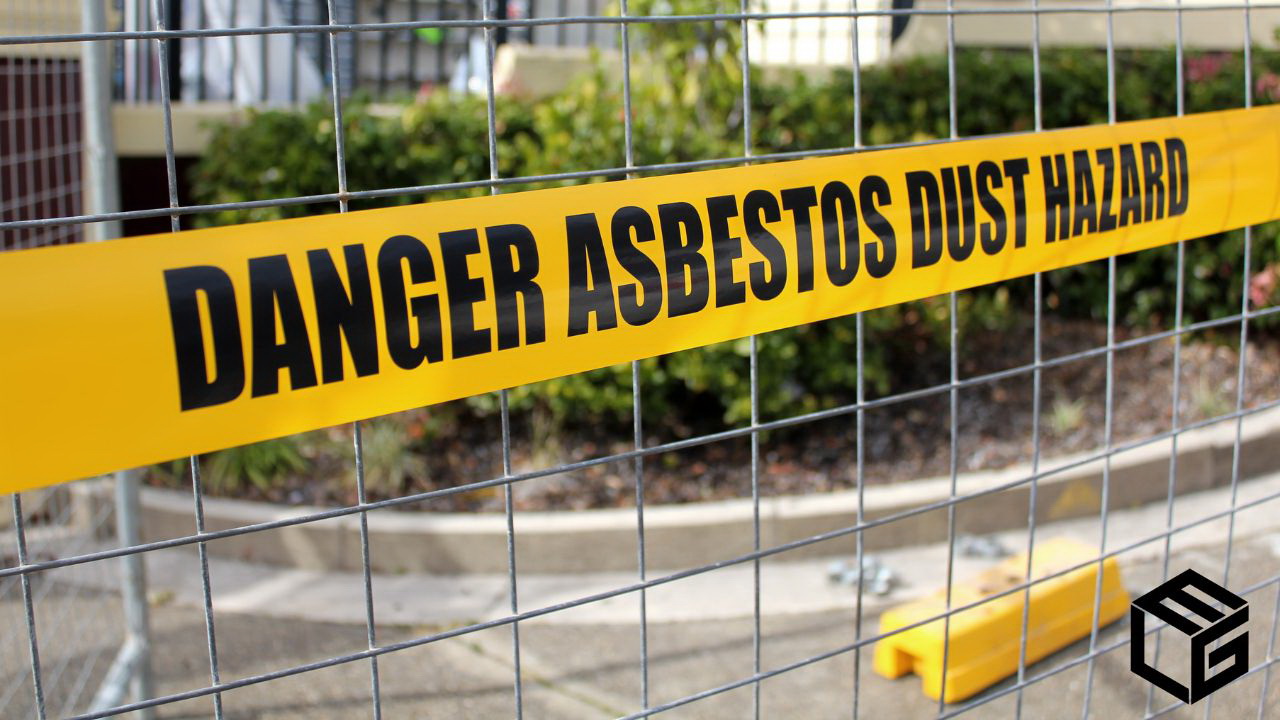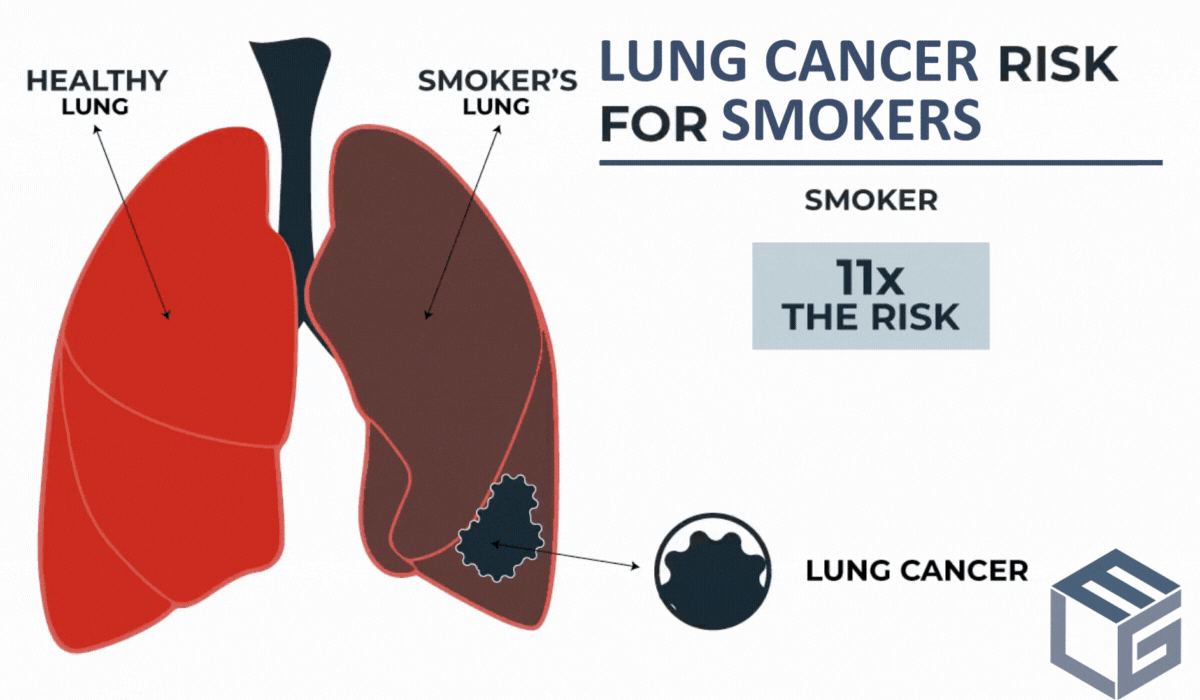Can I still file a claim if I am a smoker with a history of asbestos exposure and lung cancer?
The answer is definitely yes. As numerous medical studies have proven, when both heavy asbestos exposure and smoking are present as risk factors, the person is still entitled to financial compensation from the asbestos trust fund of their former employer, as the fibers are the primary culprit behind their diagnosis. Before filing a claim for compensation, you will need evidence of your occupational asbestos exposure, which you can easily obtain by undergoing a chest X-ray. This simple test will reveal the number of harmful fibers in your lungs and will also help specialists determine the extent of the damage asbestos exposure has caused to your lungs up to that point. Nonetheless, if you already have a lung cancer diagnosis, chances are you have at least one chest X-ray.
When you have a formal diagnosis, our lawyers, who have been specializing in asbestos cases since 1990, will assess your situation and present you with the optimal approach. Because numerous of us have or have had someone in our families whose health was severely affected by workplace asbestos exposure, we are painfully aware of how terrible struggling with such a disease is, so we will strive to attend to the most complex and time-consuming aspects of the legal process on your behalf. This way, you will be able to continue taking care of yourself, spending time with your family, and focusing on your treatment. We will file a claim with one or multiple asbestos trust funds for you, which will subsequently pay out the financial compensation you deserve for your physical and emotional distress. By letting our team deal with the legal process, you can rest assured we will obtain the maximum sum of money you are eligible for.
Over 900,000 veterans face a high risk of developing lung cancer
Veterans, particularly those who served during the last century, are more likely to develop lung cancer. Every year, 7,700 veterans in the U.S. receive a lung cancer diagnosis.
Lung cancer is one of the most common diseases among veterans, along with colorectal and prostate cancer. It is worthy of note that veterans are twice as likely to smoke than civilians, which might also contribute to their lung cancer risk.
Even so, in many cases, their lung cancer is the consequence of toxic exposure and not tobacco use. The vast majority of military bases nationwide, including the infamous Camp Lejeune, have been heavily contaminated with industrial solvents such as:
- trichloroethylene
- benzene
- vinyl chloride
- toluene
- xylene
- perchloroethylene
Exposure to these dangerous agents via inhalation has a strong association with lung cancer, and it was a usual occurrence in the past, as solvents would be used to clean up weapons and equipment on numerous military bases. A study from the medical journal Occupational and Environmental Medicine found that exposure to benzene, xylene, and toluene had a significant connection to lung cancer. Another solvent with a known association with lung cancer is vinyl chloride. It is important to note that this solvent is also present in tobacco smoke.
Heavy metals such as arsenic, cadmium, lead, and mercury were also present on military bases during the last century, which led to toxic exposure among millions of service members. While researchers know little about their carcinogenic potential to play a role in lung tumorigenesis and prognosis, a study from the European Respiratory Journal found that the cadmium content in lung cancer patients was considerably higher than in people with other malignancies and those with no cancer. What might pose a challenge to medical specialists when diagnosing veterans exposed to heavy metals is that a lot of these substances also lurk in cigarettes, such as:
- aluminum
- chromium
- lead
- mercury
- copper
- nickel
- cadmium
- zinc
Nonetheless, people who served in the military were rarely exposed to just one toxic agent on military bases, as they were usually assigned multiple tasks. During the Vietnam War, a chemical herbicide and defoliant known as Agent Orange was used in tremendous amounts, which also led to toxic exposure among service members. It is also associated with a high lung cancer risk. Because service members would not be provided with protective equipment such as respirators when preparing Agent Orange, they would inevitably inhale it, unknowingly increasing their lung cancer risk. Dioxins, which are present in this herbicide, can cause damage to the lungs if exposure is frequent.
Mustard gas, a chemical warfare agent, is a known carcinogen, exposure to which can also result in lung cancer. It was used during World War II by both sides of the conflict. According to a study from the American Journal of Epidemiology, mustard gas decreased the age at which people were at risk of developing lung cancer, meaning that veterans who were exposed to it are more likely to develop the disease earlier. Finally, burn pits, areas of a military base where waste is disposed of by burning, also pose a high lung cancer risk. Burning solid wastes in open pits generates numerous pollutants. They release the following toxic chemicals, which can cause lung cancer:
- dioxins
- particulate matter
- polycyclic aromatic hydrocarbons
- volatile organic compounds
- carbon monoxide
- hexachlorobenzene
If you are a veteran who is a former or current smoker and struggle with lung cancer, you should contact our law firm, as you might be eligible to file a toxic exposure claim. Keep in mind that there are numerous hazardous agents you might have been exposed to on military bases without even being aware of while on active duty, including asbestos, so seeking legal assistance is definitely worth it. Our skilled attorneys will thoroughly review your case to find out whether you are entitled to financial compensation. The legal process is simple and fast, requiring only a few documents, as we know how overwhelming suffering from cancer can be. Once we deem you eligible, your involvement will be minimal, as our resourceful legal team will take care of the most complex aspects of the process for you. If you are unsure about whether your lung cancer is the consequence of smoking or toxic exposure, rest assured that we will find the cause of your disease.
Over 20 toxic polycyclic aromatic hydrocarbons are found in coke oven emissions
Lung cancer due to coke oven emissions has been listed as a statutory occupational cancer. Widely present in the iron and steel industries, coke oven emissions come from large ovens used to heat coal.
It is important to note that, in addition to the iron and steel industries, lung cancer induced by coke oven emissions is also found in petroleum processing, nuclear fuel processing, and the manufacturing of chemical raw materials and products. The industries with the highest lung cancer incidence were petroleum processing, coking, and nuclear fuel processing – 60.93%, followed by chemical raw materials and chemical products – 14.88%.
Coke oven emissions contain a complex, toxic mixture of dust, vapors, and gases that include carcinogens such as arsenic and cadmium. Still, coke oven emissions also release the following chemicals that are linked to lung cancer:
- particulate matter
- volatile organic compounds
- polycyclic aromatic hydrocarbons
- hydrogen sulfide
- sulfur oxides
- dioxins
If you are a smoker exposed to coke oven emission on the job, we encourage you to get in touch with our legal team, as you might be eligible to file a toxic exposure claim with your employer. While cigarette smoke and coke oven emissions contain very similar compounds that can induce lung cancer, a medical expert can thoroughly examine you and determine what the main cause of your disease is. Regardless of how much you smoke or whether you are a former or current smoker, taking legal action is a very good idea, as this is the only way you can find out if you are entitled to financial compensation. We are well aware of how expensive lung cancer treatment is, so the money you might qualify for will prove to be of tremendous help.

 Nowadays, it is no secret that tobacco smoke is highly carcinogenic, being the primary cause of lung cancer. The disease is currently the leading cause of cancer death worldwide. Asbestos, a naturally occurring mineral, is also a human carcinogen whose inhalation can lead to a wide range of harrowing diseases, including lung cancer. Every year, approximately 6,000 people lose their lives to lung cancer stemming exclusively from occupational asbestos exposure. Nevertheless, the number of individuals who die of a combination of factors is significantly higher.
Nowadays, it is no secret that tobacco smoke is highly carcinogenic, being the primary cause of lung cancer. The disease is currently the leading cause of cancer death worldwide. Asbestos, a naturally occurring mineral, is also a human carcinogen whose inhalation can lead to a wide range of harrowing diseases, including lung cancer. Every year, approximately 6,000 people lose their lives to lung cancer stemming exclusively from occupational asbestos exposure. Nevertheless, the number of individuals who die of a combination of factors is significantly higher.
